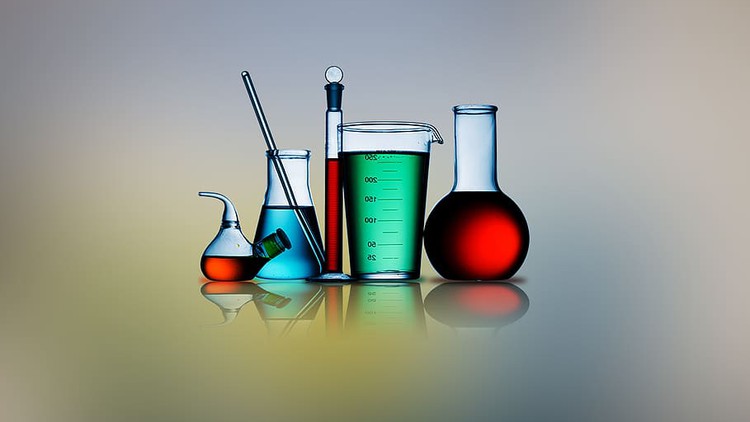
A crash course specially designed for bilingual (English & Urdu) students appearing for AS Chemistry examinations
What you will learn
Understanding difficult terminologies and concepts
Revising and covering the exam syllabus quickly when short on time
Problem solving techniques
Strengthening key basic chemistry concepts
Description
This course is specifically designed based on the module guidelines provided by Cambridge International Examinations for AS Level Chemistry. It is taught in a bilingual style and aims to make students understand all the required concepts and terminologies in their syllabus in an extremely seamless manner. Having a solid grasp of concepts significantly boosts a candidate’s confidence and problem solving capabilities.
The Part 1 of the course is divided into 4 chapters all related to Physical Chemistry as done in CIE course guidelines. Each chapter then has multiple modules. The course is fast paced as it is meant to be a crash course and the complete Part 1 content is only around 2 hours long. The teaching mode is one with which the students can easily relate to and feel comfortable with as the concepts are elaborated in Urdu which is the mother tongue for the intended audience of this course. Terminologies and scientific concepts that AS students find the hardest to fully grasp are explained in a very simplified manner and in the mother language of the target audience of this course. If you are looking for a resource which can help to prepare for your examinations or tests this is a perfect course for you.
Content